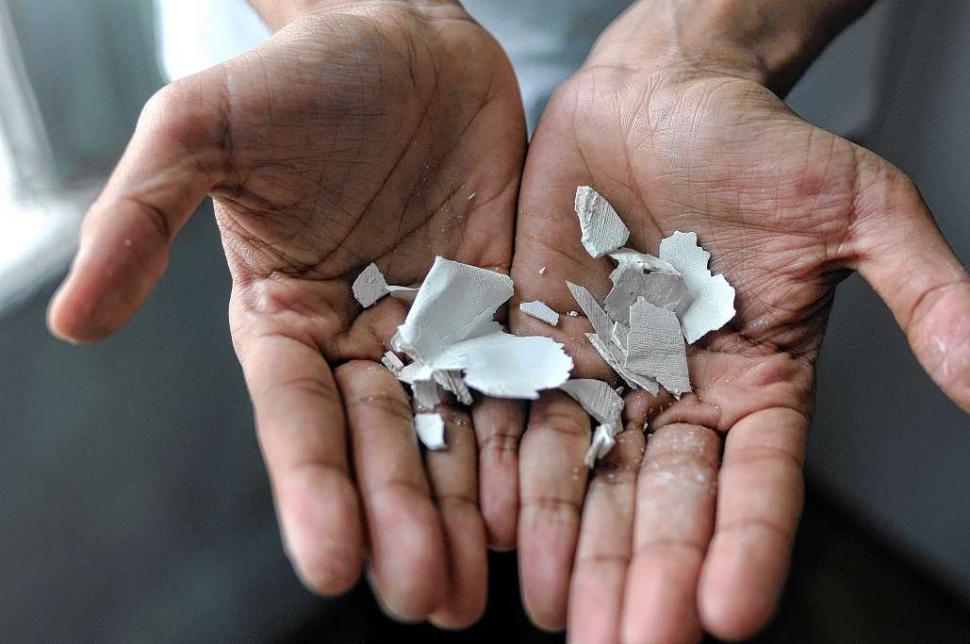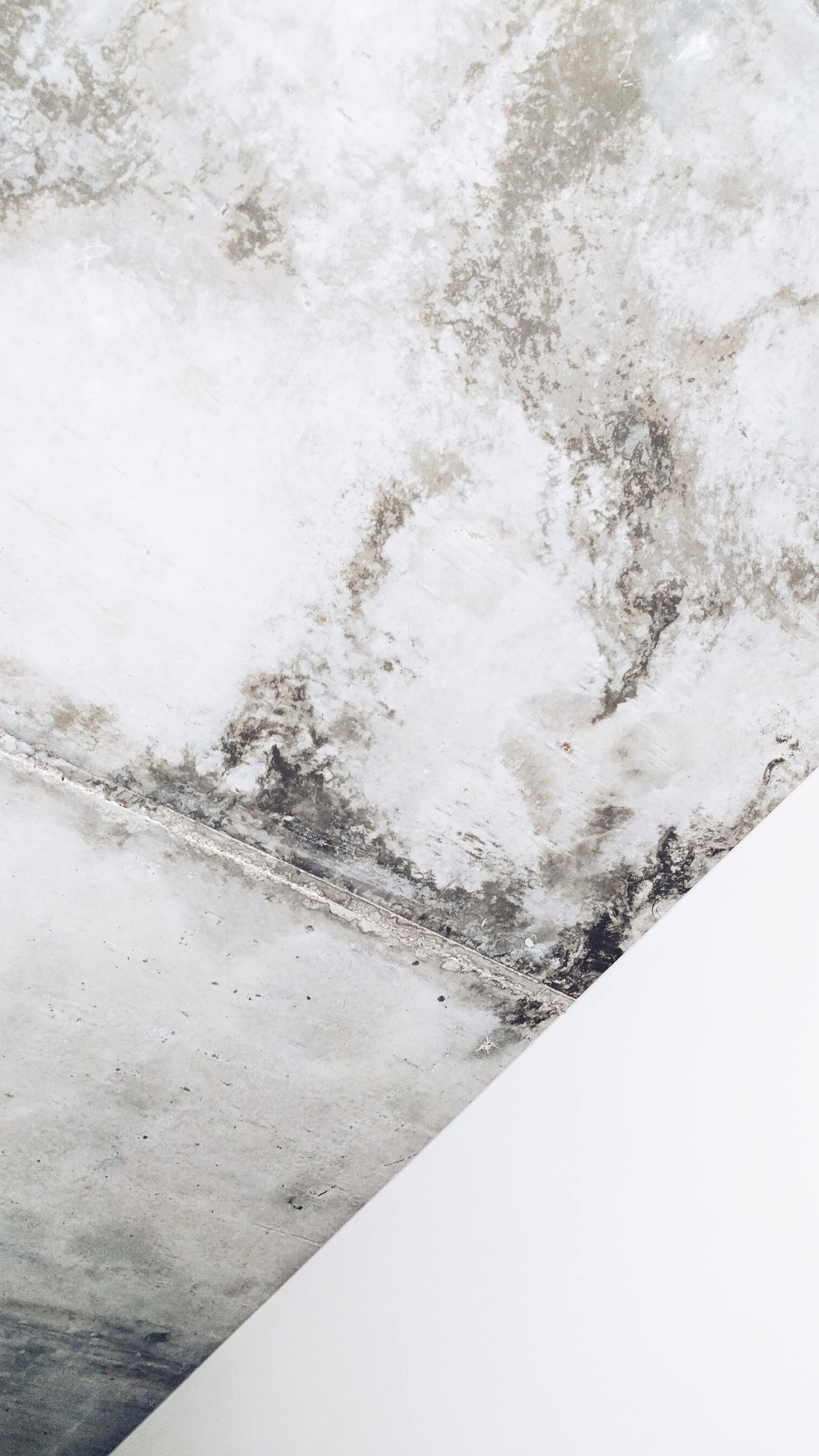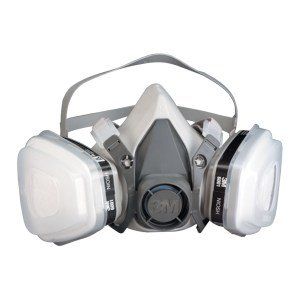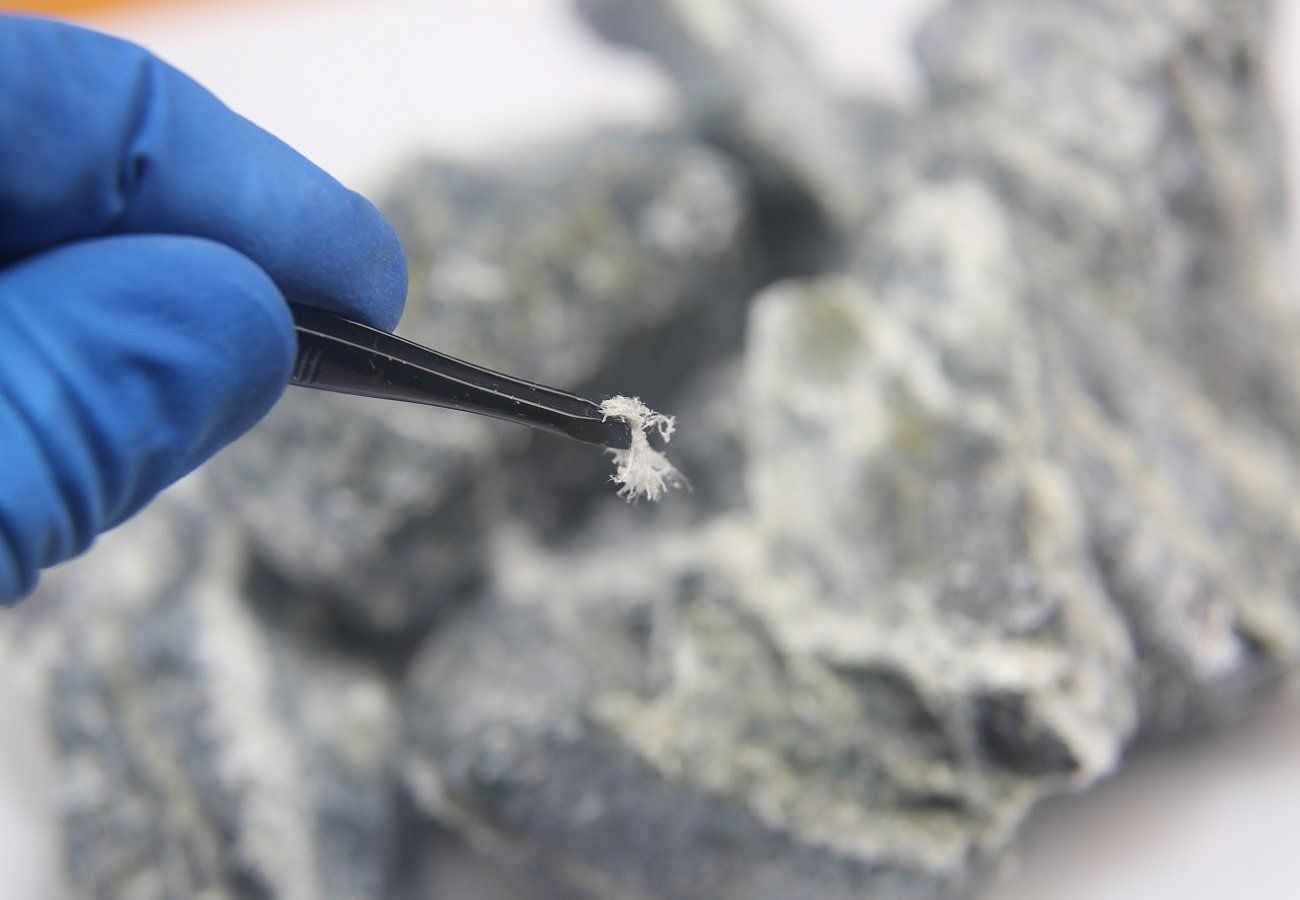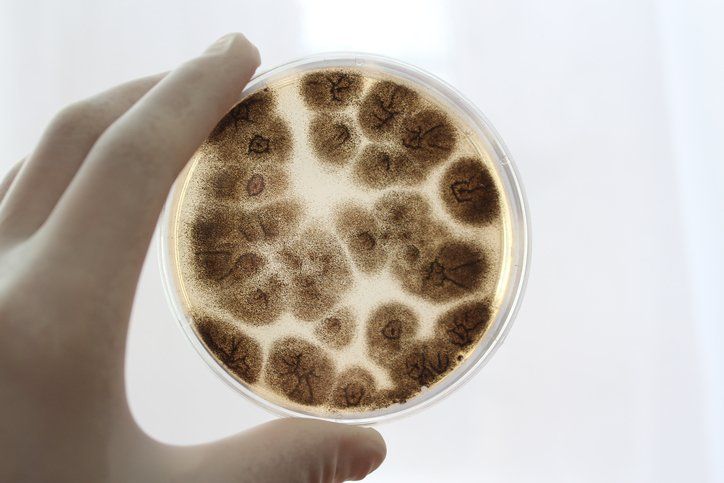Understanding NYC Local Law 31 of 2020: What Residential Property Owners Need to Know
In August 2020, New York City enacted Local Law 31, a significant measure aimed at reducing lead exposure in multifamily housing. This law mandates strict guidelines for building owners regarding the inspection, testing, and remediation of lead-based paint. If you own a residential property built before 1960, here’s what you need to know about your responsibilities under Local Law 31.
What is NYC Local Law 31?
NYC Local Law 31 requires owners of multifamily buildings to conduct inspections for lead-based paint using certified inspection agencies. The main goal of the law is to protect tenants, particularly young children, from the dangers of lead exposure which can cause serious health issues.
Key Requirements for Property Owners
Inspection Timeline: If your building was built before 1960, you must have a certified inspector carry out a lead-based paint inspection within five years of the law's enactment. Properties built between 1960 and 1978 must also undergo testing if lead is suspected.
- Deadline: August 9, 2025 - by this date, every rental unit within the 5 boroughs is to be tested for the presence of lead-based paint
- Testing Methods: The law specifies the use of XRF (X-ray fluorescence) testing, a non-invasive method to detect lead presence in paint. This method allows for immediate results and is required to set a new threshold of 0.5 mg/cm², down from the previous 1.0 mg/cm².
- Annual On-Site Inspections: Buildings with young children residing must have yearly inspections to ensure the safety of the environment.
- Remediation Obligations: If lead hazards are discovered, building owners must remediate these issues safely and effectively. This can include using trained professionals to follow safe work practices.
- Record Keeping: Property owners must keep detailed records of inspections and remediation efforts for a minimum of 10 years.
- Communication with Tenants: You must inform your tenants about any lead hazards and the steps taken to mitigate them. Transparency is key to ensuring tenant safety.
Exemptions Under Local Law 31
For properties built before 1960 that pass initial testing and meet specific lead-free criteria, property owners may apply for a lead exemption. This allows them to avoid annual inspections, provided that the lead levels remain below 0.5 mg/cm².
Violations and Consequences
Failure to comply with the law can lead to significant repercussions. If the NYC Department of Housing Preservation and Development identifies lead hazards in your building, they will issue a violation notice. The property owner has a set time to correct these hazards. Neglecting this responsibility may lead to government intervention and additional costs.
Conclusion
NYC Local Law 31 is vital for safeguarding public health in New York City’s multifamily buildings. As a property owner, adherence to these regulations is not just about compliance but also about the well-being of your tenants, especially children. If you have questions or need assistance with lead testing and remediation, consider hiring a certified inspection agency like Exit Mold, specializing in XRF lead testing.
Facebook Posts for Residential Property Owners
- Post 1: 🏢💡 Attention NYC property owners! Local Law 31 requires you to ensure your multifamily buildings are safe from lead-based paint. If your building was built before 1960, it's time to schedule your inspection! Protect your tenants, especially those under 6. #LocalLaw31 #NYCRealEstate
- Post 2: 🚨 Did you know? As an NYC residential property owner, you're responsible for conducting annual lead inspections if children under 6 live in your building. Ensure a safe environment for your tenants! Contact a certified inspection agency for details. #LeadSafety #NYCLaw
- Post 3: 🛠️ Is your New York City apartment building ready for the new lead-testing requirements? Under NYC Local Law 31, testing must occur within five years for buildings built before 1960. Don’t delay—protect your residents today! #LeadTesting #NYCPropertyManagement
- Post 4: 🔍 Lead hazards are serious! If you own a residential building built between 1960-1978, and suspect lead-based paint, you must perform an XRF lead test! Stay compliant and keep your tenants safe. #LeadAwareness #NYCRealEstate
- Post 5: 🏠💬 Communication is key! Under NYC Local Law 31, you must disclose any lead hazards found during inspections to your tenants. Let's work together to create safe living spaces in our communities! #TenantSafety #NYCLaw

